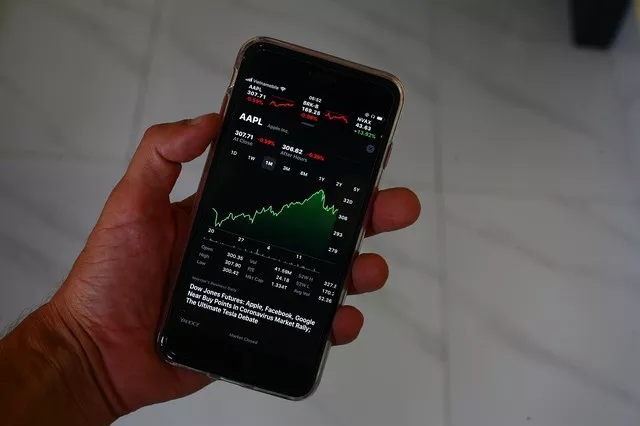Futures trading is a financial instrument that allows investors to speculate on the future price movements of assets, ranging from commodities to financial instruments. In essence, futures contracts are agreements between two parties to buy or sell an asset at a predetermined price on a specified future date. This form of trading plays a crucial role in risk management, price discovery, and providing liquidity to the markets.
Futures Contracts: The Basics
At the heart of futures trading are the contracts themselves. These standardized agreements outline the terms for buying or selling an asset at a future date and a predetermined price. These contracts typically cover a wide range of assets, including commodities like oil, gold, and agricultural products, as well as financial instruments such as stock indices, interest rates, and currencies.
How Futures Trading Works
Futures trading involves two main players: the buyer (long position) and the seller (short position). The buyer agrees to purchase the underlying asset at a future date, while the seller commits to delivering the asset at that predetermined date. The key element that distinguishes futures from other forms of trading is the obligation to fulfill the contract at the agreed-upon terms.
Market Participants in Futures Trading
Various market participants engage in futures trading, each with distinct motives and strategies. Hedgers, speculators, and arbitrageurs make up the primary categories. Hedgers use futures contracts to protect themselves from the risk of price fluctuations in the underlying assets. Speculators, on the other hand, aim to profit from price movements, betting on the future direction of the market. Arbitrageurs exploit price differentials between related assets in different markets.
The Role of Exchanges in Futures Trading
Futures contracts are traded on organized exchanges, providing a standardized platform for buying and selling. These exchanges act as intermediaries, overseeing the execution of trades and ensuring the fulfillment of contractual obligations. Notable futures exchanges include the Chicago Mercantile Exchange (CME), the Intercontinental Exchange (ICE), and Eurex. The standardized nature of these contracts facilitates ease of trading and enhances market transparency.
Margin and Leverage in Futures Trading
One distinctive feature of futures trading is the use of margin. Margin allows traders to control a larger position size with a fraction of the total contract value. While this amplifies potential profits, it also increases the level of risk. Traders must maintain a margin account to cover potential losses, and margin calls may be issued if the account balance falls below a certain threshold. Understanding the relationship between margin and leverage is crucial for managing risk in futures trading.
Price Discovery Mechanism
Futures markets play a vital role in price discovery. The continuous buying and selling of futures contracts reflect market participants’ collective expectations about the future price movements of underlying assets. As new information emerges, these markets quickly adjust to incorporate the latest data, helping to establish fair and transparent prices.
Risks Associated with Futures Trading
While futures trading offers significant opportunities, it also comes with inherent risks. Price volatility, leverage, and unexpected market events can lead to substantial financial losses. Traders need to carefully assess their risk tolerance, employ risk management strategies, and stay informed about market conditions to navigate the complexities of futures trading successfully.
Regulatory Framework for Futures Trading
Given the complexity and potential risks associated with futures trading, regulatory oversight is essential. Regulatory bodies, such as the Commodity Futures Trading Commission (CFTC) in the United States, ensure fair and transparent markets by enforcing rules and regulations. These regulations cover areas such as market manipulation, reporting requirements, and position limits to maintain market integrity.
The Impact of Futures Trading on Financial Markets
Futures trading has a profound impact on financial markets. It provides liquidity, allowing market participants to enter and exit positions easily. Additionally, the ability to hedge against price fluctuations helps businesses manage risks associated with their core operations. The interconnectedness of futures markets with other financial instruments creates a dynamic environment where information flows rapidly, influencing global markets.
The Evolution of Futures Trading
Over the years, futures trading has evolved with advancements in technology and changes in market dynamics. Electronic trading platforms have replaced traditional open outcry systems, allowing for faster and more efficient order execution. Algorithmic trading and high-frequency trading have become prevalent, shaping the landscape of futures markets and contributing to increased market liquidity.
Conclusion
In conclusion, futures trading is a sophisticated financial instrument that serves various purposes in the global financial ecosystem. From risk management to price discovery, it plays a pivotal role in shaping market dynamics. Market participants, whether hedgers, speculators, or arbitrageurs, contribute to the liquidity and efficiency of futures markets. As with any form of trading, understanding the intricacies, risks, and regulatory aspects of futures trading is essential for success in this dynamic and multifaceted market.


